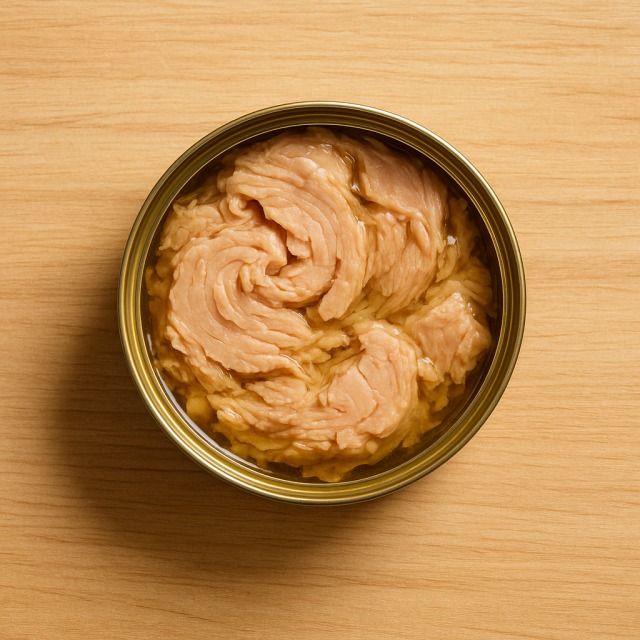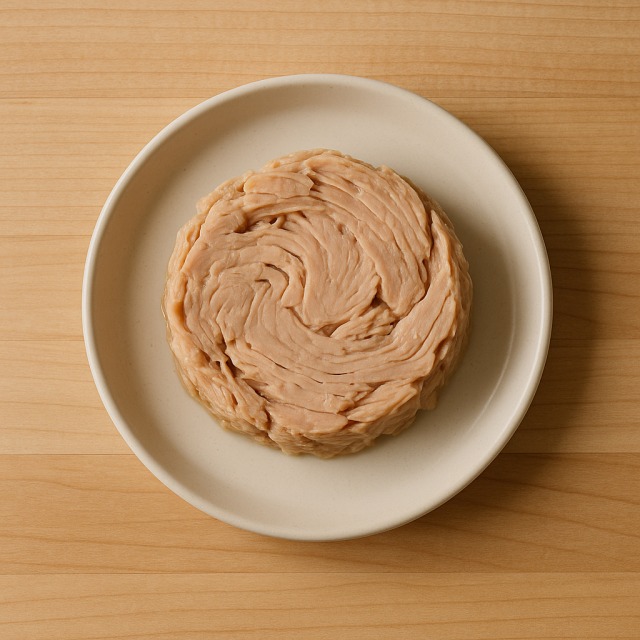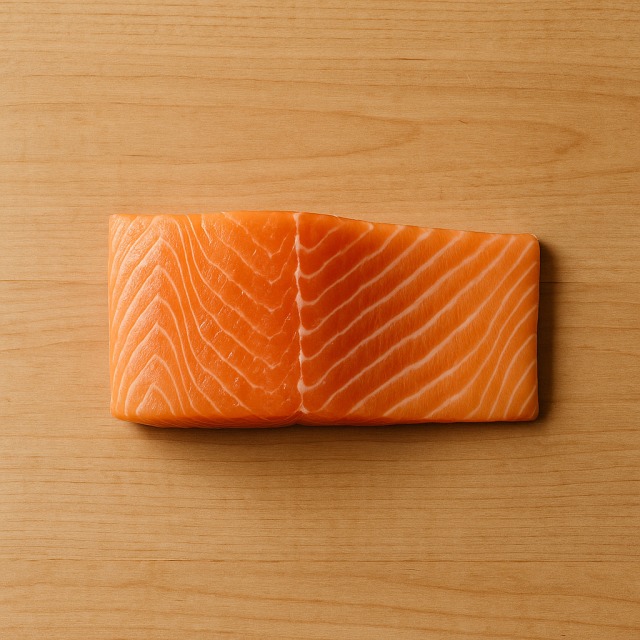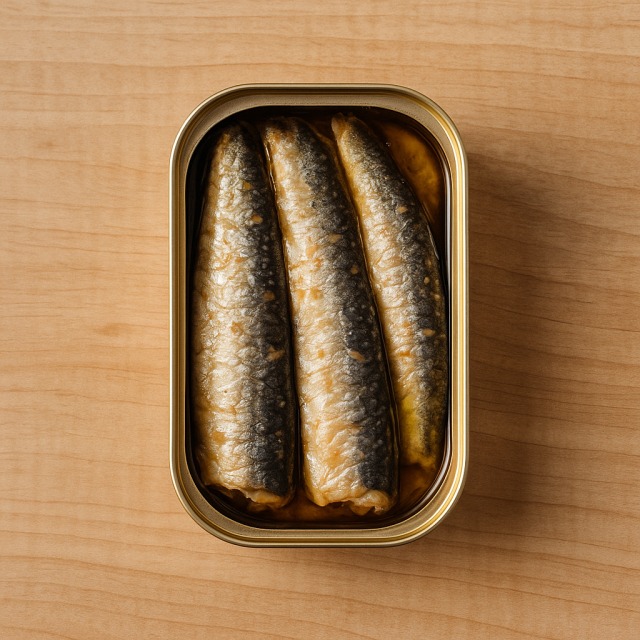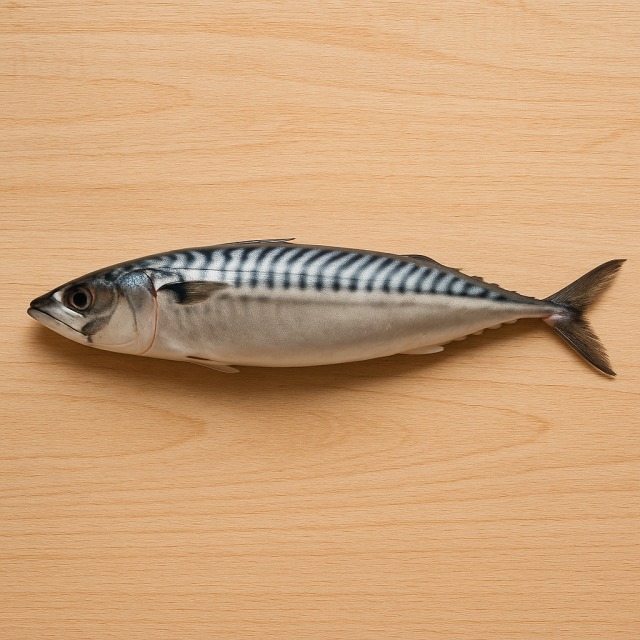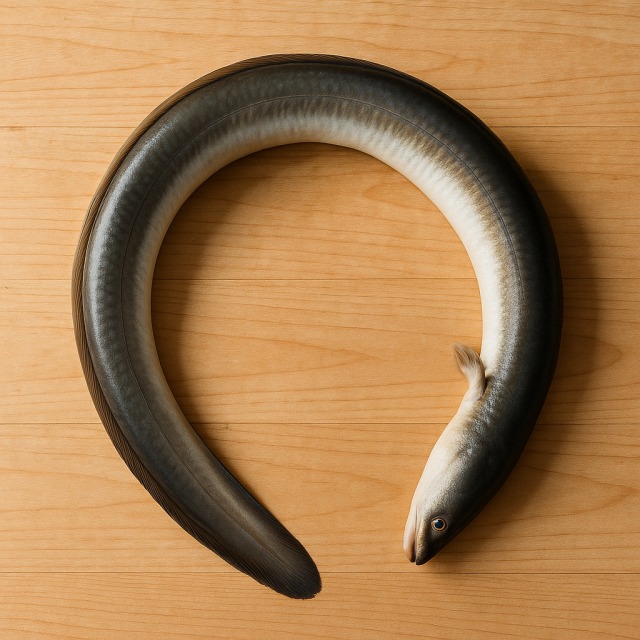Calorie Chart / Fish / Trout
How Many Calories Are in Trout?
Calculation of the nutritional value & Recommended Dietary Intake of trout
For g and a calorie requirement of kcal
| Calories 227 kcal | Proteins 33 g | Lipids 11 g | Carbohydrates 0 g |
| 11% | 44% | 16% | 0% |
Health benefits of trout
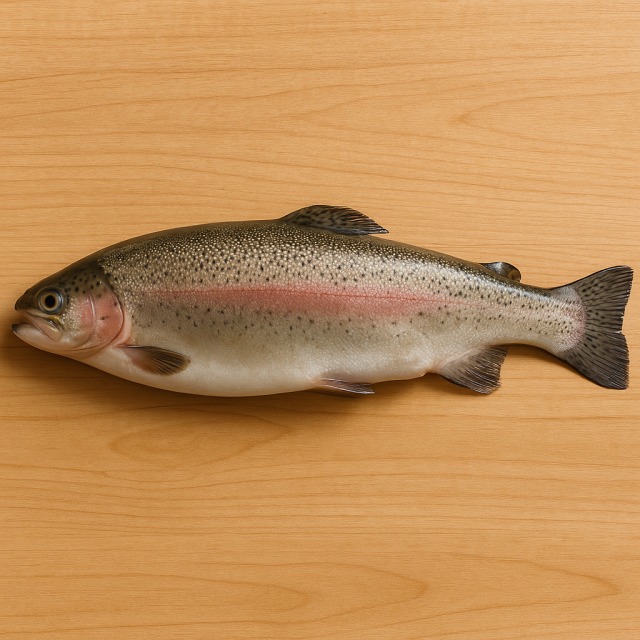
Trout - 100g
Calories 151 kcal
Proteins 22 g
Lipids 7 g
Carbohydrates 0 g
Trout is a moderate-calorie fish: its energy density is lower than fatty fish yet higher than very lean species, so it fits many calorie-controlled meal plans. Those watching their calories appreciate that it supplies high biological-value proteins without pushing daily calories too high.
Rich in omega-3 fatty acids (EPA and DHA), trout contributes to normal cardiovascular function; these lipids are prized even in low-calorie diets because they support heart health. The flesh also delivers vitamin B12, vitamin D, selenium, and phosphorus, nutrients frequently sought by people who reduce calories but still want strong immunity, bone strength, and optimal red-blood-cell formation.
Compared with higher-calorie red meats, trout's calorie profile lets athletes increase protein intake without excessive calories from lipids or carbohydrates. Its pink color comes from astaxanthin, an antioxidant carotenoid; some studies suggest benefits for skin and eye health, a bonus when monitoring calories.
Historically, European monasteries bred trout in ponds as early as the Middle Ages to ensure a reliable, moderate-calorie protein during fasting periods. This heritage confirms its long-standing reputation as a balanced, calorie-aware choice.
Tips for incorporating trout into a balanced diet
Grilled trout with a squeeze of lemon and a side of steamed broccoli creates a full plate that stays friendly on calories while adding fiber and vitamin C. Baking the fillet in foil with herbs keeps moisture without adding oil, an easy trick when you count calories.
If you need extra complex carbs but want to track calories, pair trout with a measured cup of brown rice or a quinoa and asparagus salad. Both give slow-release energy; portioning them carefully prevents calorie creep.
For a post-workout meal, replace higher-calorie creamy sauces with a yogurt-dill topping made from plain yogurt. You save calories, gain calcium, and keep the dish fresh.
Fans of smoked fish who monitor calories can alternate between baked trout and a slice of smoked salmon to vary flavors while comparing calories. Whatever the recipe—pan-seared, oven-roasted, or poached—remember that additional oil, butter, or breadcrumbs quickly raise calories, so measure fats and keep portions of accompaniments in line with your targeted daily calories.
Frequently Asked Questions
- How many calories are in trout?
- There are 151 kcal per 100 g.
- Is trout considered low-, moderate-, or high-calorie?
- With 151 kcal per 100 g, trout falls into the moderate-calorie category: lower than many meats but higher than very lean white fish.
- Does pan-frying trout change its calories?
- Yes. Adding one tablespoon of oil can add roughly 90 kcal, so total calories rise well above the raw value.
- Which cooking method keeps calories lowest?
- Steaming, poaching, or oven baking in parchment adds virtually no extra fat, so the calories remain close to the listed 151 kcal.
- How do trout's calories compare with salmon?
- Salmon averages around 200 kcal per 100 g, so trout has fewer calories while still providing beneficial omega-3.
- Can I include trout in a calorie deficit diet for weight loss?
- Absolutely; its moderate calories, high proteins, and zero carbs support satiety and muscle maintenance when total daily calories are reduced.
Similar foods
Information provided by Calorie Menu may contain inaccuracies or errors. It cannot, under any circumstances, substitute medical advice or medication.
